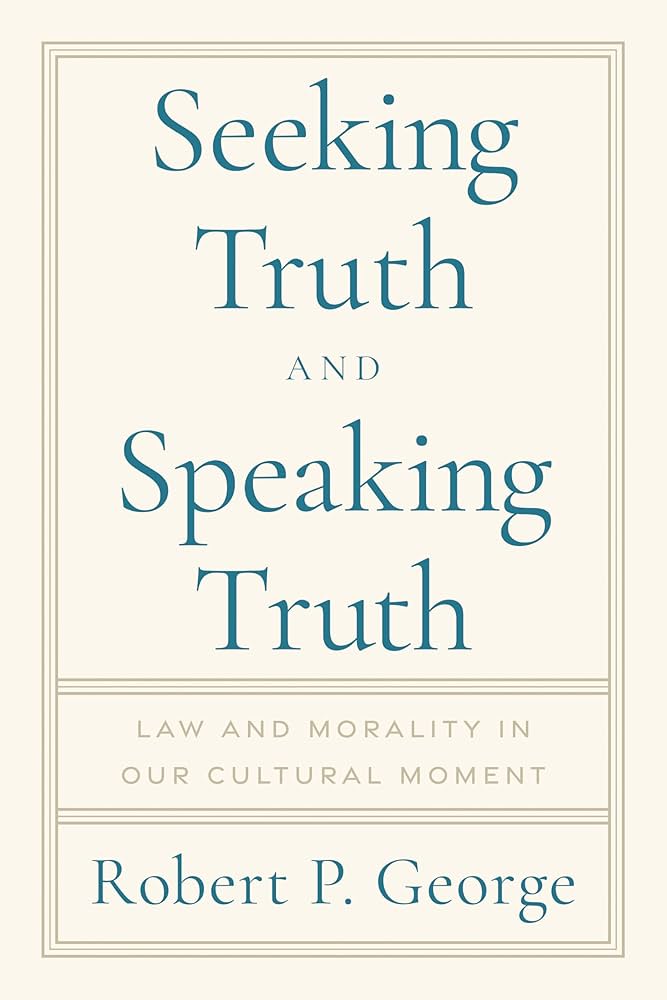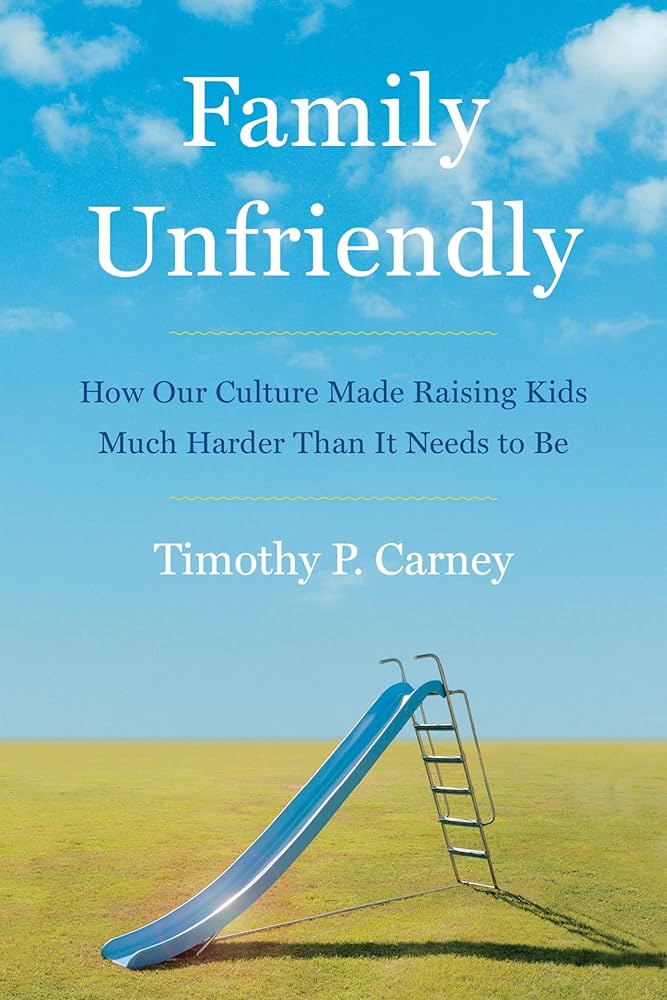Thursday, June 4, 2015
—————-
Many Americans see the LGBT (Lesbian, Gay, Bisexual, Transgender) movement as a unified whole marching toward an end-goal of equality, acceptance, and significance within society.1 The four letters used to describe the coalition flow off the tongues and through the keyboards of activists and dissenters alike. However, not everything is as unified as some may portray. Is the narrative of the LGBT movement really a unified whole, or are there underlying differences between factions in the group? Is there a unified political goal to be achieved that hides a schism below the surface? Such questions are beginning to be asked, and Christians contending for truth need to be aware of fissures within the LGBT movement.
What rests beneath the surface is a conflict of narratives between the LG’s (Lesbians and Gays) and the BT’s (Bisexuals and Transgenders). Jillian Todd Weiss acknowledges this division when she observes,
While many gays and lesbians feel that ‘bisexual’ and ‘transgender’ are simply names for part of their community, others actively reject the idea that bisexuals and trans- genders are part of their community, seeing them as entirely separate and distinct. Heterosexism against bisexuals and transgenders exists not only in the straight community, but in the gay and lesbian community as well. Some feel, as we shall see, that bisexuality and transgenderism are detrimental to the social and political acceptance of gays and lesbians.2
Because the divisions between LG’s and BT’s are clearest on the issues of gender and marriage, this essay will sketch out the typical, public LGBT narrative on gender and marriage and then demonstrate how bisexuals and transgendered people undermine the public agenda of the LGBT movement. In doing so, we will see that this coalition of convenience may rupture unless one of the two groups is willing to shift its narrative to appease the other.
THE GENDER NARRATIVE
The unified LGBT agenda attempts to remove any distinction among genders, particularly for roles in relationships, ability in the workforce, and cultural stereotypes. There is a commitment to pure egalitarianism whereby no specific gender has a unique role or function. This is crucial especially for homo- sexuality because the nature of their relationships require no gender differences. When two women or two men enter into an intimate relationship, any gender roles they express must be socially constructed rather than biologically determined. Thus, one of the points of the LGBT narrative is that gender has no real impact on roles. Supporters of the LGBT movement who also claim to write from a Christian perspective have picked up on this and even point out the inconsistency of Christian egalitarians for dismissing specific gender roles in heterosexual couples as unbiblical while still holding to anatomical differences for a proper understanding of sexual intercourse.3
An added aspect to the LGBT narrative regarding gender is the idea that any gender roles evident in society are the result of outdated cultural stereotypes. These stereotypes have been carried along from days of yore by older generations, but the LGBT movement calls on the younger generation to jettison such distinctions between male and female for the sake of gender equality. They demand equality without distinction. They want culture to be “gender blind.” While these calls for gender equality have some merit—because it is important to acknowledge there have existed and still exist women who are oppressed—the current push for gender equality goes much further than a desire for equal rights or equal pay. The LGBT agenda demands that there be no distinction made on the basis of gender for anything—public facilities, athletic competition, and even marriage. The LGBT position on gender appears to be the epitome of egalitarianism. But is it consistent?
CHANGING GENDER REINFORCES STEREOTYPES
The often-forgotten quadrant of the LGBT movement is the ‘T’—transgendered individuals who sometimes face the scorn and opposition of the more mainstream lesbians and gays. Even though some may find it odd that there is division in the ranks of this powerful movement, there is good reason for division. Transgenderism undermines the public gender narrative that has been successfully promoted in the culture.
Susannah Cornwall describes transgender people as those “who feel that their gender identity, or sense of being a gendered self, doesn’t ‘fit’ their biological sex according to the usual pattern.”4 As a result of this conflict of identity, transgender individuals take various measures to conform to their sense of gender. This can include anything from dressing in styles typical of the opposite gender, taking hormones to change hair growth and voice, or even include the radical measure of gender reassign- ment surgery to change their genitals to match their sense of gender. In June 2014 Time released a magazine issue with the cover story headline: “The Transgender Tipping Point: America’s Next Civil Rights Frontier.” In the article, Katy Steinmetz follows the lives of several people who have made the transition from the gender with which they were born to the opposite gender. In each case, however, the transgendered individual took steps to conform to the cultural norms of male or female. In no ex- ample did the author attempt to demonstrate how transgendered individuals sought to lose all gender identification.5
The problem with such behavior for the LGBT movement is that changing appearance or physical features conforms to stereotypical gender norms that the LGBT movement publicly dismisses as unimportant. Thus, it should come as no surprise that there is a competing narrative within the LGBT community regarding gender. The public narrative calls on society to erase gender distinctions and make gender a cultural artifact. At the same time, transgendered individuals seek to conform to cul- tural stereotypes of dress, appearance, voice pitch, and sometimes even sexual complementarity. Such conformity undermines the public narrative on gender. However, as Weiss notes,
The difference between ‘homosexual’ and ‘GLBT’ is elusive to many Americans. . . . Many are unaware of any significant distinction between ‘GLBT’ and ‘homosexual.’ Yet within the GLBT population itself, these distinctions mark intense personal and political struggles. The divisions between gay and lesbian and bisexual and transgender are far deeper and more significant to each other than to those outside.6
For those of us pursuing a biblical understanding of gender, we can actually take note of the division within the LGBT movement to emphasize our perspective. While we do not condone the lifestyle of transgendered individuals, we recognize that they have a glimpse of the truth that gays and lesbians have sought to eradicate. The underlying goal of transgendered individuals is to pursue the unique gender distinctions of either male or female. The problem is that they deny their own biological gender to do so. Thus, they see the beauty of gender distinctions, but they deny the gender they were born to be. Gender distinction is part of what God has revealed to us in nature about how he created mankind (Gen 1:27; cf. Rom 1:18–32); however, the specific way that transgendered individuals pursue such distinctions is still corrupted by the fall. Even in sin, we sometimes get a glimpse of the truth.
THE MARRIAGE NARRATIVE
The second area of conflict within the LGBT movement is on the question of marriage. Since the historic Supreme Court decisions issued in Hollingsworth v. Perry and United States v. Windsor on June 26, 2013, marriage amendments in states that had defined marriage as a union of one man and one woman have been steadily falling in court cases. Later this year, the Supreme Court will again rule on this issue, and based on all legal, political, and cultural trends, it is quite possible that 2015 will be the year same sex marriage arrives in all fifty states.
The LGBT movement has publicly supported the repeal of these marriage amendments as they seek “marriage equality” nationwide. Part of the narrative for marriage equality involves the call for the right to marry whomever one wishes. Any refusal to allow same-sex marriage couples to wed is tantamount to a denial of their ability to express themselves freely. The recognition of same-sex relationships as marriage has become a central feature of the LGBT movement. In their minds, to deny those relationships is to deny members of that community equal personhood.
Among those who claim to be Christians and lobby for same-sex marriage, the language is often stronger. Matthew Vines proposes there are only two options for gay Christians—mandatory celibacy or church-sanctioned same-sex marriage. However, he states that mandatory celibacy is harmful.
For gay Christians, the challenge of mandatory celibacy goes far beyond their mere capacity to live it out. Mandatory celibacy corrodes gay Christians’ capacity for relationship in general. But it does something else equally harmful: by requiring gay Christians to view all their sexual desires as temptations to sin, it causes many of them to devalue, if not loathe, their bodies.
Vines’ proposal, then, is that both the church and the state should recognize and commend same-sex marriage as an equal expression of relationship and sexuality.
Within the LGBT narrative regarding marriage, the overwhelming majority calls for monogamous same-sex marriage.7 Monogamous same-sex marriage keeps the general idea of marriage as a relationship between two individuals in place while dismissing the importance of gender complementarity as a necessity for that relationship. As the public narrative of the LGBT push for marriage equality, monogamy continues to be important, keeping this relational chimera as close to traditional foundations as possible.
THE INEQUALITY OF MARRIAGE EQUALITY
Following the logic of the same-sex marriage agenda, it is not difficult to see another rift within the LGBT movement. This time it comes directly from the bisexuals in the movement. As Matthew Vines implies in his appeal for authorizing same-sex marriage, a denial of such a relationship in effect denies the value and identity of the individual. When applied to bisexuals, that same logic calls into question why the LGBT movement is solely focused on monogamous marriage.
The struggle for inclusion of bisexuals in the larger homosexual movement has always revolved around whether bisexuality is an actual identity. Paula C. Rodríguez Rust notes the tension as she writes,
As the gay and lesbian civil rights movements gained momentum in the mid- to late twentieth century, the lack of conceptual “space” for bisexuality grew into a lack of social and political space as well. Bisexual men and women were regarded as disingenuous homosexuals who would not come out to join the lesbian and gay community and political struggle and who wanted the ‘best of both worlds’ without sharing the burdens of minority status. To lesbians and gay men, continued heterosexual desires and behavior implied a lack of commitment to the struggle for gay and lesbian equal- ity; bisexual persons were often labeled as traitors or told to ‘finish’ coming out as lesbian or gay.8
As the culture continues to struggle with the identity of bisexuals, the LGBT push for same-sex marriage has left them on the outside looking in. For marriage to be truly inclusive of the entire LGBT community, the marriage equality movement would also call for polygamy and polyamory. For example, a person who identifies as bisexual may appreciate the option of entering into a same-sex marriage relationship; however, to do so, he must deny the heterosexual desires that he also claims as part of his identity. This would limit his legally-recognized sexual expression to just one half of his self-proclaimed sexual identity. To use Vines’ logic, this could be harmful to his identity and cause him to “devalue, if not loathe, [his] body.”9
Within Christian circles that are open to same-sex marriage, the call for anything more than monogamy has been absent. However, the definitions of marriage offered in those circles leave little to prevent the next step from happening. Vines argues that procreation and complementary gender roles are not necessary for a biblical vision of marriage. Instead, he argues, “What seems to me to be most important in marriage is not whether the partners are anatomically different from one another. It’s whether the inherently different people involved are willing to keep covenant with each other in a relationship of mutual self-giving.”10 On the basis of mutual self-giving and covenant-keeping, Vines calls for Christians to endorse monogamous same-sex marriage. Yet, he offers no logical reason for discriminating on the basis of number. If all that is involved is self-giving and covenant-keeping, could not more than two people live up to that standard? The LGBT marriage narrative is not an inclusive narrative, and those who identify as bisexual should be opposed to the public marriage narrative being pushed by their community. The marriage equality movement is not equal for all.
If marriage equality is truly unequal, then it provides another approach to the debate for those of us who understand marriage to be limited to one man and one woman. Although we may be accused of “crying wolf ” or inventing a slippery slope, the logic is sound. Marriage equality intentionally excludes bisexuals, and the only way to include them is a redefinition of marriage so radical that it strips the term “marriage” of all its meaning.11 All that would be left is a government-sanctioned, voluntary relationship for the purpose of asset distribution, tax benefits, and inheritance rights. Real marriage equality bears no resemblance to the historical institution of marriage.
A CALL TO BIBLICAL SEXUALITY
Through the evidence above, we have seen that the LGBT movement is not as unified as the public face of the community would have us to believe. There are major divisions and inequalities in the movement that typically rest below the surface of what most people in our culture see. However, the divisions are real, and they threaten the strength of the movement if they ever come to the surface.
Even though the focus of this essay has been to expose the fissures in the LGBT movement, I want to end with a call back to biblical sexuality. Genesis 1–2 gives us a clear picture of God’s design for sexuality from the beginning. In Genesis 1:27 we read, “God created man in his own image, in the image of God he created him; male and female, he created them.” From the outset, God created two genders—male and female. Every example of godly sexual expression we see from that point forward in Scripture comes through the union of a man and woman in marriage. Genesis 2:24 tells us, “For this reason a man shall leave his father and his mother, and be joined to his wife; and they shall become one flesh.” When Jesus discusses marriage and sexuality in Matthew 19 and Mark 10, he appeals to these two foundational verses in Genesis. When Paul talks about marriage in Ephesians 5, he also appeals to the complementary nature of man and woman and points back to Genesis 2:24 as the key text.
Monogamous, heterosexual marriage is commended, and even celebrated, as the biblical expression of sexuality. All departures from this standard are considered acquiescence to the sinful, fallen nature of mankind. Thus, we do not point out the conflict in the LGBT movement as an end in itself, but we do so for the purpose of calling everyone caught up in sexual sin back to God’s plan for sexual- ity. We should be reminded of the words of Paul in 1 Corinthians 6:11 after he pointed out a number of sins—including some of a sexual nature—in the church at Corinth: “Such were some of you; but you were washed, but you were sanctified, but you were justified in the name of the Lord Jesus Christ and in the Spirit of our God.”
––––
1. As it stands today in the ever-evolving world of queer studies, LGBT is an outdated acronym. As Allen Metcalf observes in a recent article in The Chronicle for Higher Education, the alphabet soup of queer studies now includes queer and questioning, unidentified, intersex, asexual, and genderqueer, resulting in a new acronym: LGBTQQ2IA (Allen Metcalf, “LGBTQQ2IA,” Lingua Franca, August 19, 2014, accessed October 24, 2014, http://chronicle.com/blogs/linguafran- ca/2014/08/19/lgbtqq2ia/). For the purpose of this article we will simply focus on the first four classifications.
2. Jillian Todd Weiss, “GL vs. BT: The Archaeology of Biphobia and Transphobia Within the U.S. Gay and Lesbian Community,” in Bisexuality and Transgenderism: InsterSEXions of the Others, ed. Jonathan Alexander and Karen Yescavage; (New York: Rutledge, 2012), 29.
3. Matthew Vines, God and the Gay Christian (New York: Convergent, 2014), 27–28.
4. Susannah Cornwall, Theology and Sexuality (London: SCM Press, 2013), 47.
5. Katy Steinmetz, “America’s Transition,” Time, 9 June 2014, 38–46.
6. Weiss, “GL vs. BT,” 29.
7. There are exceptions like Jilliam Keenan, who calls for the legalization of polygamy, and Kody Brown, who sued the state of Utah in order to decriminalize bigamy. See Jillian Keenan, “Legalize Polygamy!: No. I am not kidding,” Slate, April 15, 2013, accessed March 29, 2015, http://www.slate.com/articles/double_x/doublex/2013/04/legalize_polygamy_mar- riage_equality_for_all.html. See also the decision in Brown, et al v. Buhman, available at https://ecf.utd.uscourts.gov/ cgi-bin/show_public_doc?211cv0652-78.
8. “Aging in the Bisexual Community,” in Paula C. Rodrígeuz Rust, Gay, Lesbian, Bisexual, and Transgender Aging: Challenges in Research, Practice, and Policy (ed. Tarynn M. Witten and A. Evan Eyler; Baltimore: John Hopkins University Press, 2012), 168.
9. Vines, God and the Gay Christian, 50.
10. Ibid., 147.
11. Not surprisingly, we are already seeing this kind of argument take shape from polyamorous and polygamous “marriages.” For instance, in the wake of the Windsor decision, CNN reported about the rising desire of polyamorous relationships to be legally recognized. Emanuella Grinberg, “Polyamory: When Three Isn’t a Crowd,” CNN Living, October 26, 2013, accessed October 24, 2014, http://www.cnn.com/2013/10/26/living/relationships-polyamory/. Likewise, as mentioned above, Utah took steps towards legalizing polygamy with its ruling in the “Sister Wives Case,” John Schwartz, “A Utah Law Prohibiting Polygamy Is Weakened,” New York Times, December 14, 2013, accessed October 24, 2014, http://www. nytimes.com/2013/12/15/us/a-utah-law-prohibiting-polygamy-is-weakened.html.
Share This Article




